Building myself as a better photographer
Sometimes you are lucky. Sometimes you don’t search for anything and you have a small moment of inspiration. I will enter here, I will try this, where does this road lead?
Surprises, and I am talking about the pleasant kind, add so much to your life. And this also stands true when travelling.
I reached the city of Sinaia after 1:25 hours of driving on a beautiful June morning. I left my car in the parking lot of the gondola station and took the cable-car up to 2000 meters.
Getting up there, waiting for my friends made me go back in time, think of my travels, my trips outside the country and my experiences with photography.
While on holidays, seeing as much as possible is always wanted, but it is also important to understand what you are seeing. Rushing all the time is not something you want. You look around. You study everything carefully. You walk slowly without being in a hurry to reach a place or to check an objective.
I remember seeing a photographer, a famous one, giving advice on travel photography, and one of the things that stood out with me is really placing the camera down and enjoying the moment.
If you are constantly looking for the best light, the best set up, the best composition, you will not actually be present there. You will not focus on what’s happening there. And that ain’t travelling, that ain’t experimenting a new place. It’s just wasting valuable moments.
We live on tight schedules, with few days for holidays and far less money for it. I can’t dedicate 2-3 days from a seven-day trip to just sit and watch the people waiting for a perfect shot. I can’t trek 7 hours to a mountain peak just to watch the sunset and maybe snap a few pictures. If it is not cloudy, rainy, if there is no fog, etc.
I can’t let photography be my main focus while travelling. My main focus is what I see through my eyes. Not through my lenses. My focus is what I touch with my hands, what I eat, what I drink, what people I meet without thinking if I should snap some pictures here or there, or if the lightning will come from that part making the scene look better.
Pictures are a great way for bringing back memories but if you only spend time looking for the best shot, what memories will you have? This is what professionals do. And I’m not one.
So this is the one reason why I downgraded from an expensive camera with prime lenses, a huge backpack and tripod to a second-hand camera, a used zoom lens and a small bag for them.
I kept the tripod mainly because I enjoy taking night pictures, even in my hometown, and I find it useful.
However, since I do love taking photos and my Fuji is always asking for a new session, what can I do?
I really want to get better at it, at photography, but I also understand that photography during holidays is a bit hard. Both on me and on my girlfriend. I guess the last thing she wants after a year of work is to wake up at 3 a.m. and drive, hike for hours and prey that the early golden hour will be good. To be honest neither do I.
So what can I do to improve my photography? To get more practice? To shoot more?
After carefully weighing all my options it struck me.
Whenever I thought of taking pictures, I thought of holidays. I thought of millions of Instagram posts promoting places so far away from me. I thought of jumping on a plane and booking a holiday. But I was wrong. What I needed to do, and what I actually started doing, is take photos near home. Well, not exactly home, but I established a radius of 200 km around my city and started looking for information.
I started looking for Instagram posts from around my area, started looking for small gems, for things I would enjoy photographing.
I won’t lie to you. I would love to spend a week in the Dolomites and take pictures there.
But here lies my problem with photographing the Dolomites. We will ignore the Covid situation and pretend we’re in 2019. After booking the plane, booking the accommodation, booking the car, buying the gondola and lift passes, permits, etc I would be about 2500 euros poorer.
Which I would be relatively OK with since it is a holiday. But how much will I be able to actually photograph in a week?
Oh, of course, I can trek all day and see a huge amount, but taking pictures requires certain hours, certain places, it requires timing, etc.
Going alone or with my girlfriend also means no local, reliable info on the scenery, places, etc. No guides, no experts on the area.
I am being honest here and admit that between exploring, seeing new things, holding the route, driving between locations, etc I would be lucky to come back home with one or two memorable shots.
So what can I do? Well, here taking photos near home comes in.
Less than 200 km away from my house lies the Bucegi Mountains, Piatra Craiului mountains and Ciucas mountains. That means like a 1:30 hour drive when the road is empty.
Since I was a child I kept visiting, going and returning to certain places but never thought of taking photographs until I got bit by the photography bug.
So I have some expertise in the area. Even more, I do have friends in the area. Friends born there, friends who work there, friends who hiked those trails for tens of years.
So I have knowledge of the location. By reaching it fast I have another huge advantage. I can select points of interest and reach them in time for a sunrise or a sunset. I can drive for 2 hours, climb for one hour and wait for the sun to shine. And I can do it over and over and over again.
In the spring, the summer, the autumn or the winter.
The cost is so low to get there that I can go back and back until I get that picture that I want. And along with it, I will get 10 more at least.
I believe this is how I can build myself to become a better photographer.
Choose 5-10 places near my house and make a schedule. Visit them by rotation, see the weather, spend time more on those locations without needing to rush back to the next.
Focus on what is important. Photographing the places. Instead of trying to cram as much as possible in the space of a few days.
In a way, becoming an expert on those locations will actually make me a better photographer also.
That is also how you can build a portfolio. What is more likely to happen? Visit a new place on a holiday for a week and get back with 30 stunning, keepers photos or visit the same places over and over again and experience them while raining, while clouds are over, while fog rises, while the golden hour lits the scene, while the snow settles in, while autumn shows its colors?
I can’t have a photograph for each mood the Dolomites convey but I can have one for the mountains here.
So, thinking of all I wrote above, what is my plan for building my portfolio and building myself as a photographer?
1. Looking at a radius of 150-200 km around my hometown for places I find interesting. Newspapers, Instagram, blogs will help me here.
2. Select a handful of places and look for more info. Do I have friends in the area? What are the easiest ways to reach the top, if it is a mountain? When is the best light? Where the sun rises and sets?
3. Plan for multiple visits during a year. The scenery changes so much from season to season and it would be a shame not to take advantage of this.
4. As I return to the location, look for a new composition, angles, modify the foreground, isolate, try macro even, etc. keep experimenting until I am closer and closer to what I envision in my mind.
5. See how seasons affect that location. I have found some amazing winter places that during summer look dull. Don’t dismiss a place just on one visit. Try to envision it in different circumstances. For example, I have a special place in mind that I want to photograph while the morning mist rises. As a summer location it is terrible, but snow or fog would get me some amazing pictures here.
6. Take my time. One huge advantage when shooting close to home is that you can pack lighter and you can also take your time. If I want to spend 10 hours in a spot, I can do that. I am in no hurry. There are no other sights for that day. I have time to use my lenses, crop as I want, test angles, etc.
7. Savings. Yes, I had to put this one here also. Photography is an expensive passion. After buying your camera or cameras, your lenses, filters, bags, tripods, etc you still need to invest money to get to places and actually take photos.
Reaching the first hike I did this year was extremely cheap. About 25 Euros in diesel and 5 Euros for the gondola to take me to 2000 meters high. Adding a homemade sandwich, a protein bar, a bottle of water and two bananas took about 5 Euro more out of my pocket. So about 35 Euros for a day in which we hiked for about 20 kilometers and took photos along the way.
In hard times like these, I consider this to be the best investment possible. I get to see beautiful places, I reach them fast, I spend small amounts of money and, as a plus, I get to bring home beautiful pictures.
Now, when it comes to gear, you know I am only relying on my 2 Fuji X cameras with two basic lenses(18-55 and 50-230) plus my Manfrotto tripod.
Since May I went on quite a few hikes and, with each new trip, I am thankful even more for the weight and size of my cameras.
To be honest, I don’t think I had a hike this year under 10-11 kilometers and I am not talking about normal, everyday hikes here but rather challenging hikes ranging from 1500m to 2000m altitude.
My hikes this year have split into two categories:
1. Workshops with other photographers where I would bring all my gear
2. Hikes with my friends where most of the time I would bring just a body and my long zoom.
Regardless of the situation, I am more than happy with my little backpack where I get to store my gear.
While I plan for a long, stand-alone article in which I will describe the outcome of my two workshops this year along with a comparison of the camera bodies I used here are some quick impressions after a summer filled with mountain travels.
1. I got to test my Fujis in cold weather and pouring rain (October-November cold rain). Both cameras worked well even when heavy rain kept falling on them.
2. The lowest temperature felt was around -5 degrees Celsius and I had no problem with any of the cameras.
3. Came to love my AF+MF option. I don’t know why I haven’t used it more until now.
4. Even though landscape photography is really demanding in terms of processing, most of the pictures presented in this article are tweaked jpegs with a minimum of changes done to them.
5. I will cover this point more in a future article but I have printed my first “large” print, a 60 by 40 cm wall mount, taken with my Fuji X-T20 and my 50-230 lens. The quality is superb and I think I can push the size even more while maintaining the same level of quality.
6. While not having the fastest or most reliable AF (which you don’t need anyway for landscape photography), the XC 50-230 really impressed me. I got some really nice shots with it, printed a picture decently large and have 2 more prints waiting in queue.
7. Starting with my 2 workshops in September and October I have begun using a flat jpeg profile for my shoots. I am a big fan of custom film simulations, which I will keep using for travels and for quick shoots, but when given the time and my camera is steady on a tripod I prefered to actually work the settings in the field and adjust them until what I see with my eyes resembles what is showing on my camera’s screens. If I didn’t have time or was shooting in adverse conditions I left the camera on either Provia or Velvia factory settings without picking my custom simulations.
All in all, a great experience, as usual, shooting with my Fujis.
After 2 years spent with the X system, I am still positively surprised by many of its features and advantages and taking pictures is just as fun as it was in day 1.
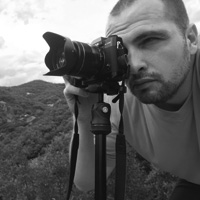
“My name is Stefan Panaitescu, I am 38 years old and I am from Bucharest, Romania.
I work in sustainability and corporate social responsibility and I love my job.
I am an avid traveler and in my spare time I run a travel blog and I try to get out as much as I can and shoot with my Fuji cameras.”

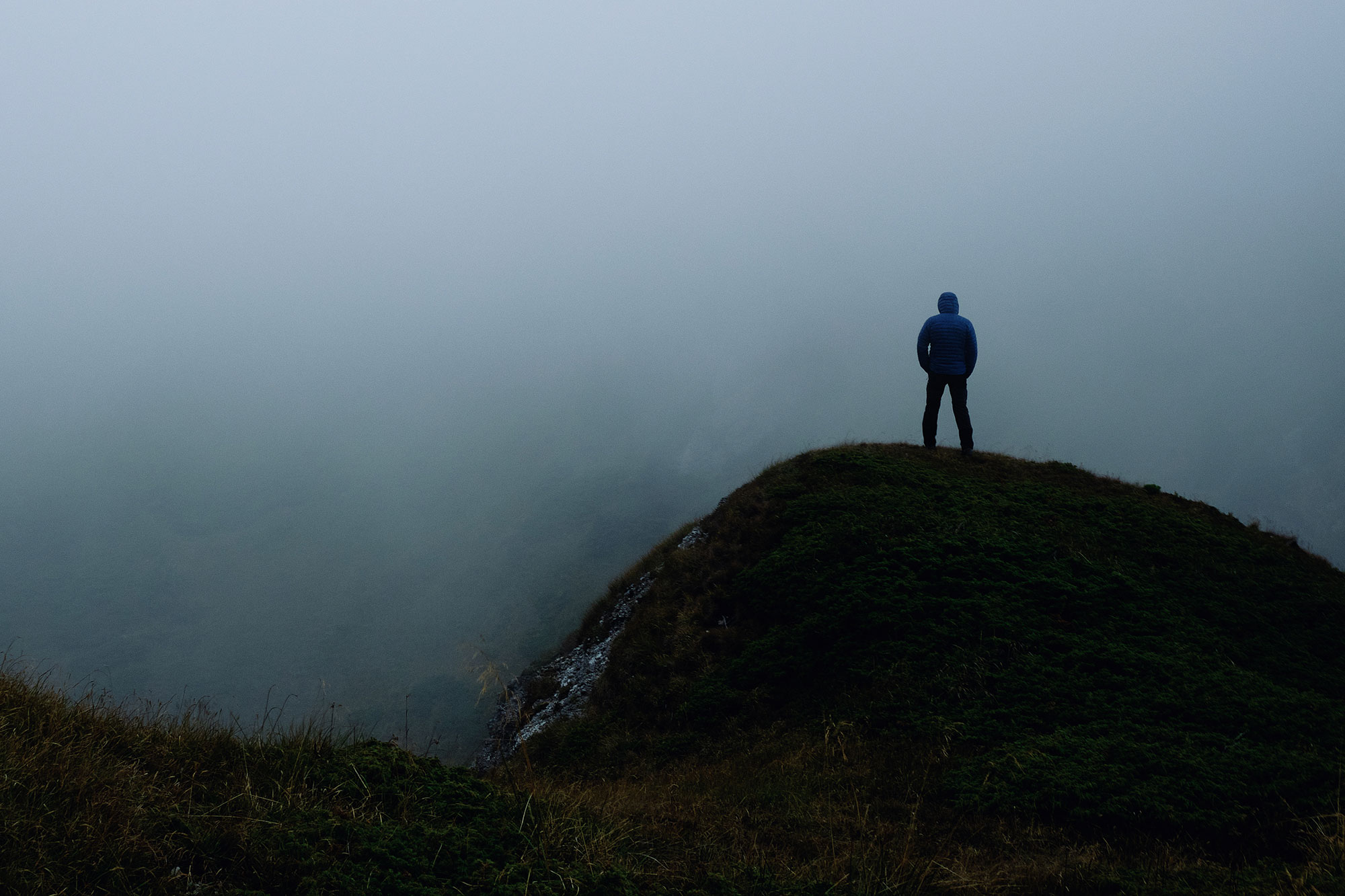
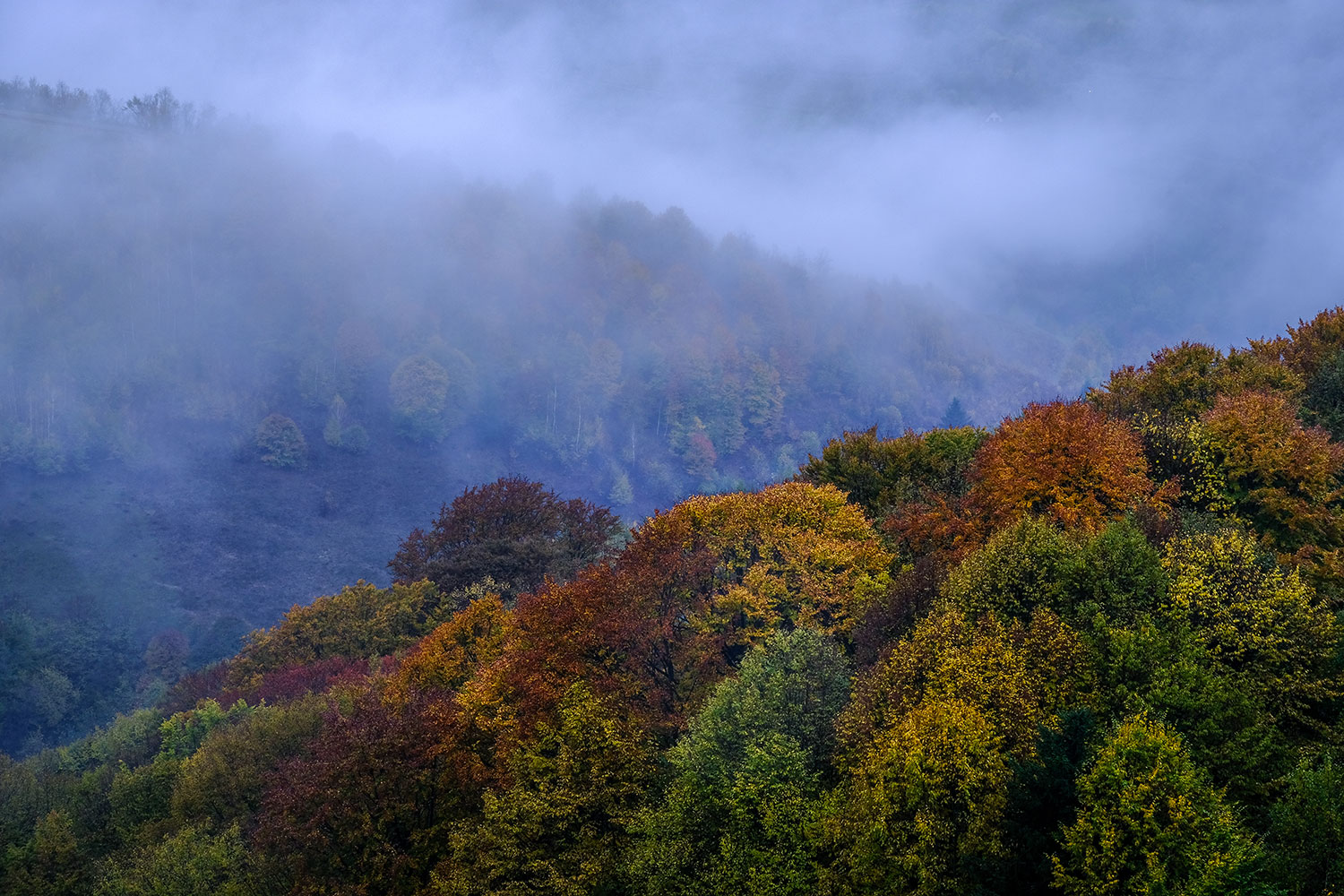
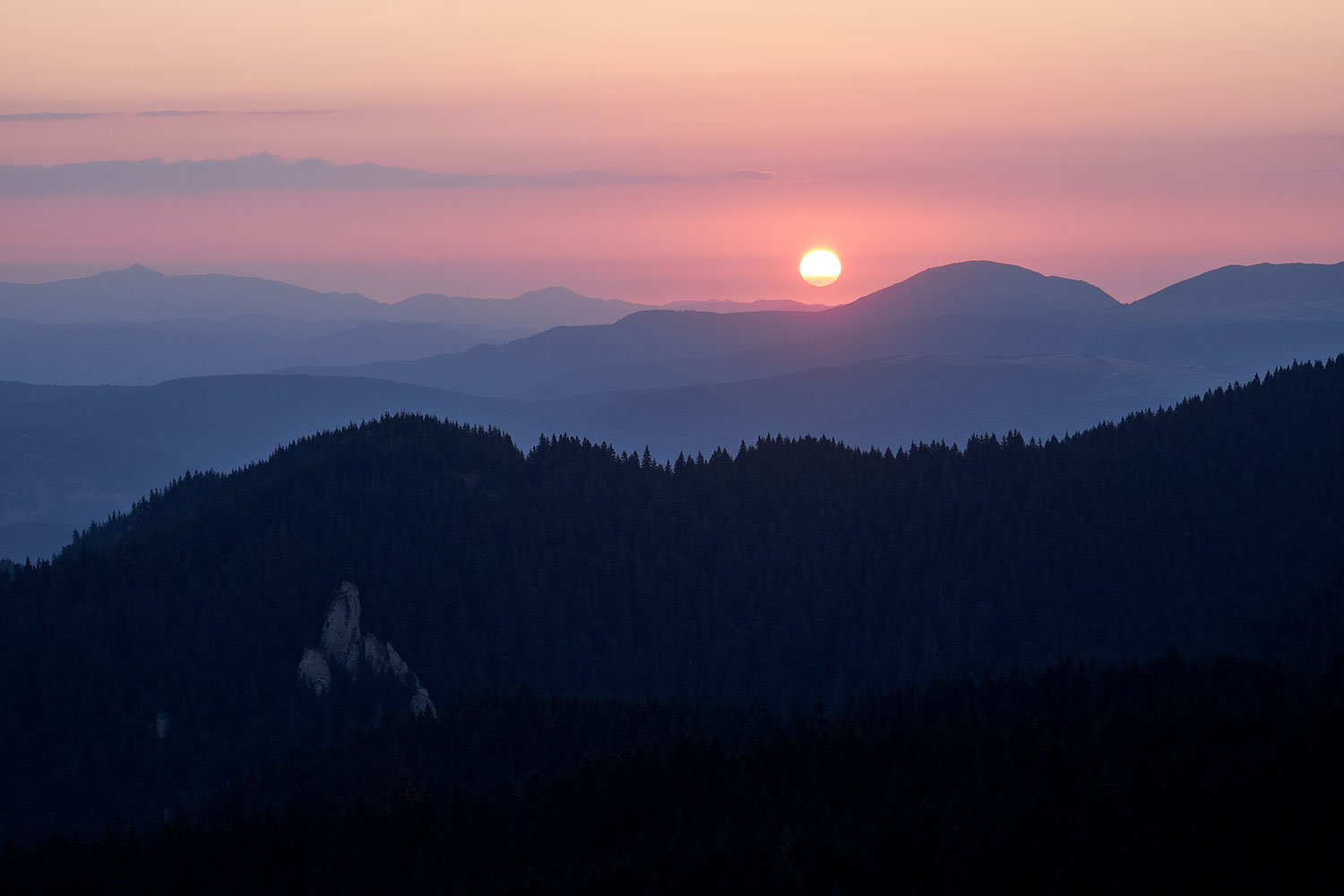
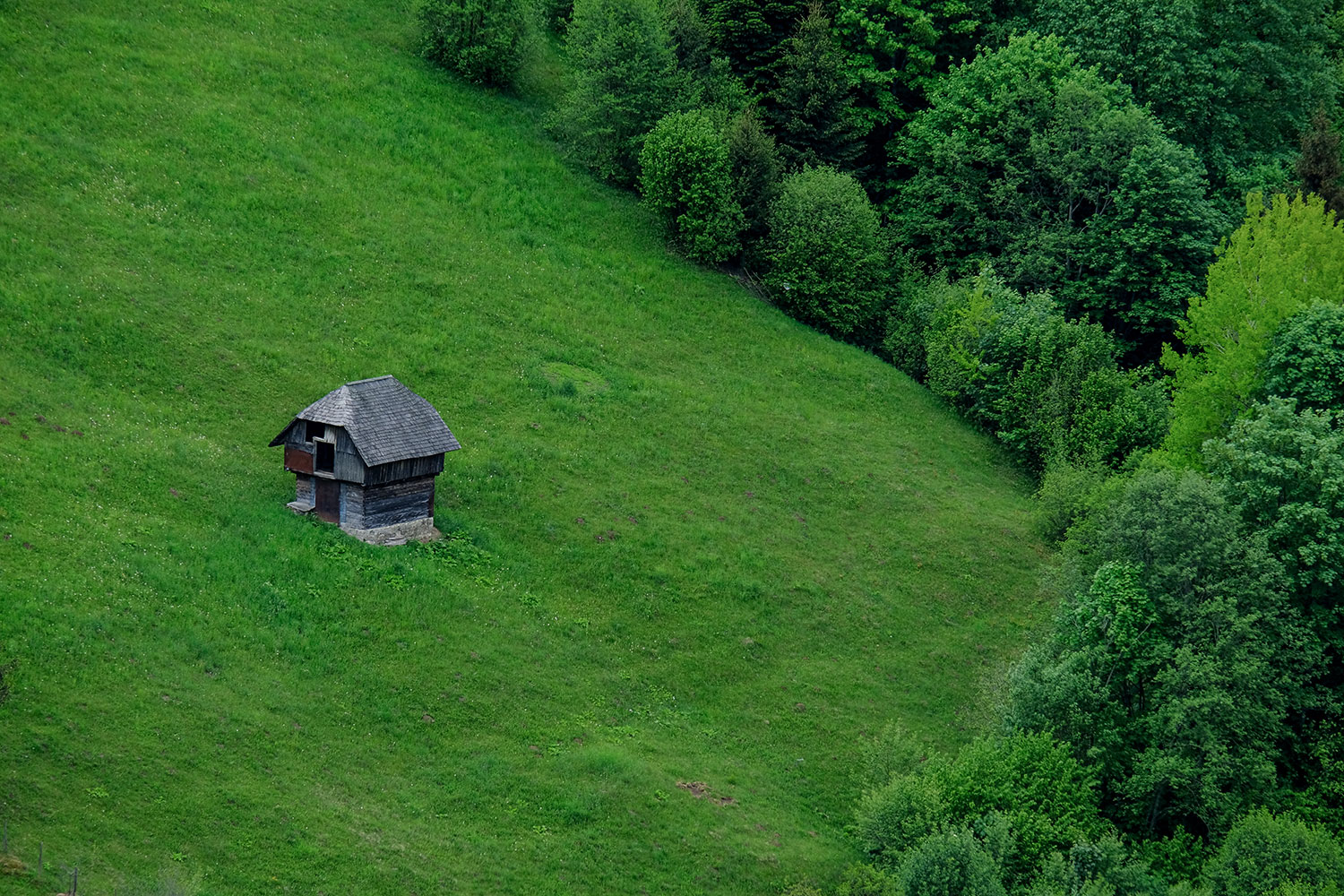

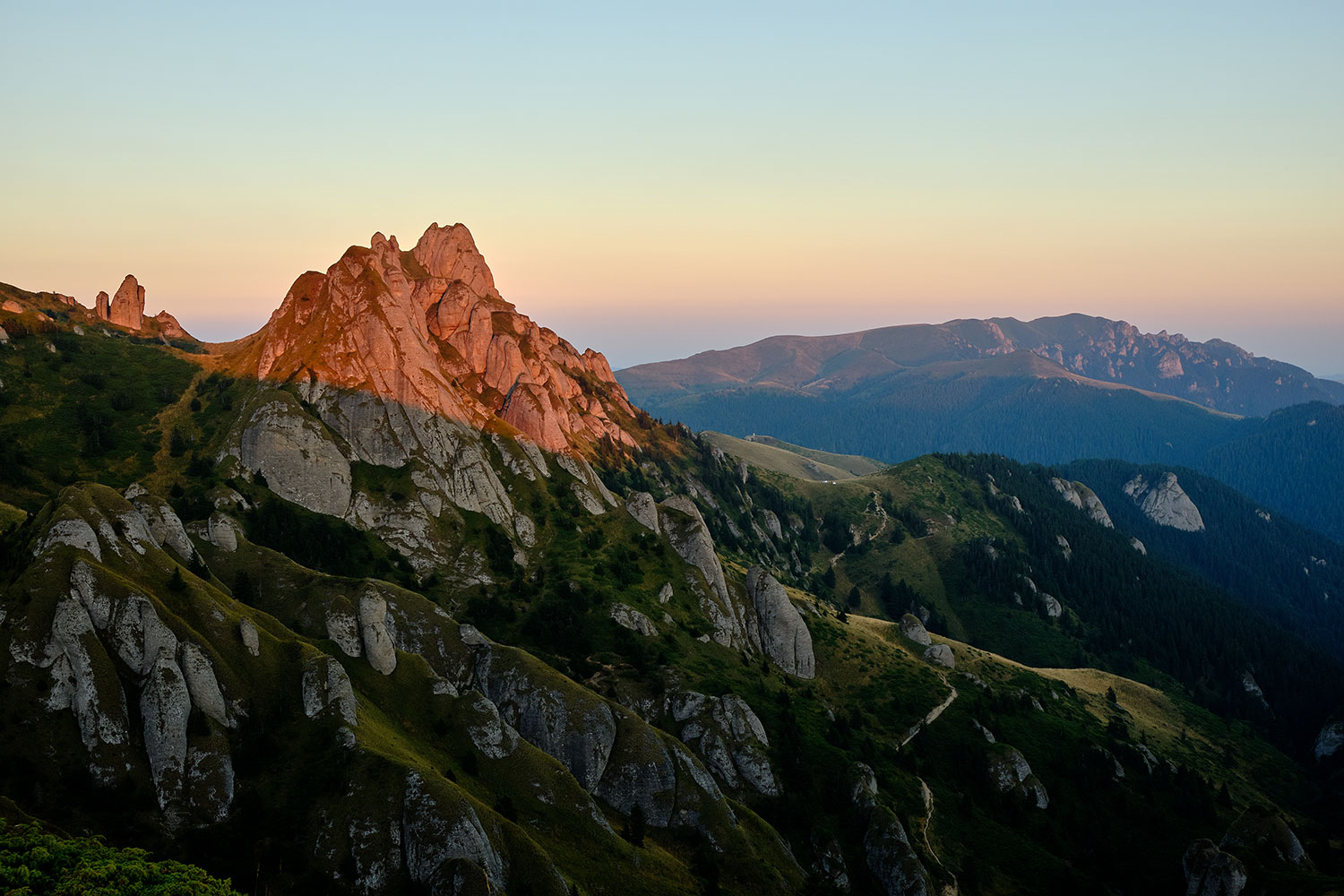
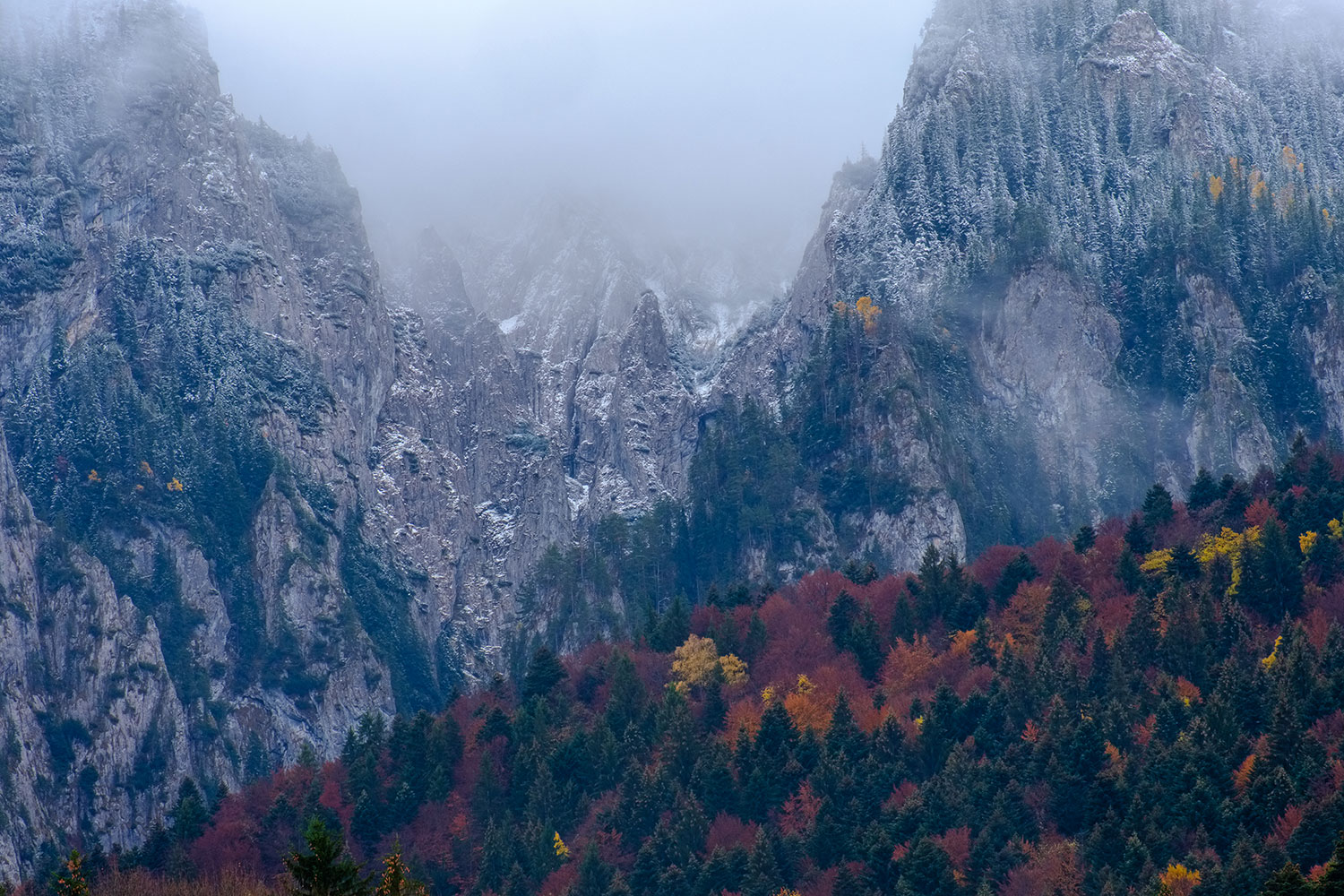
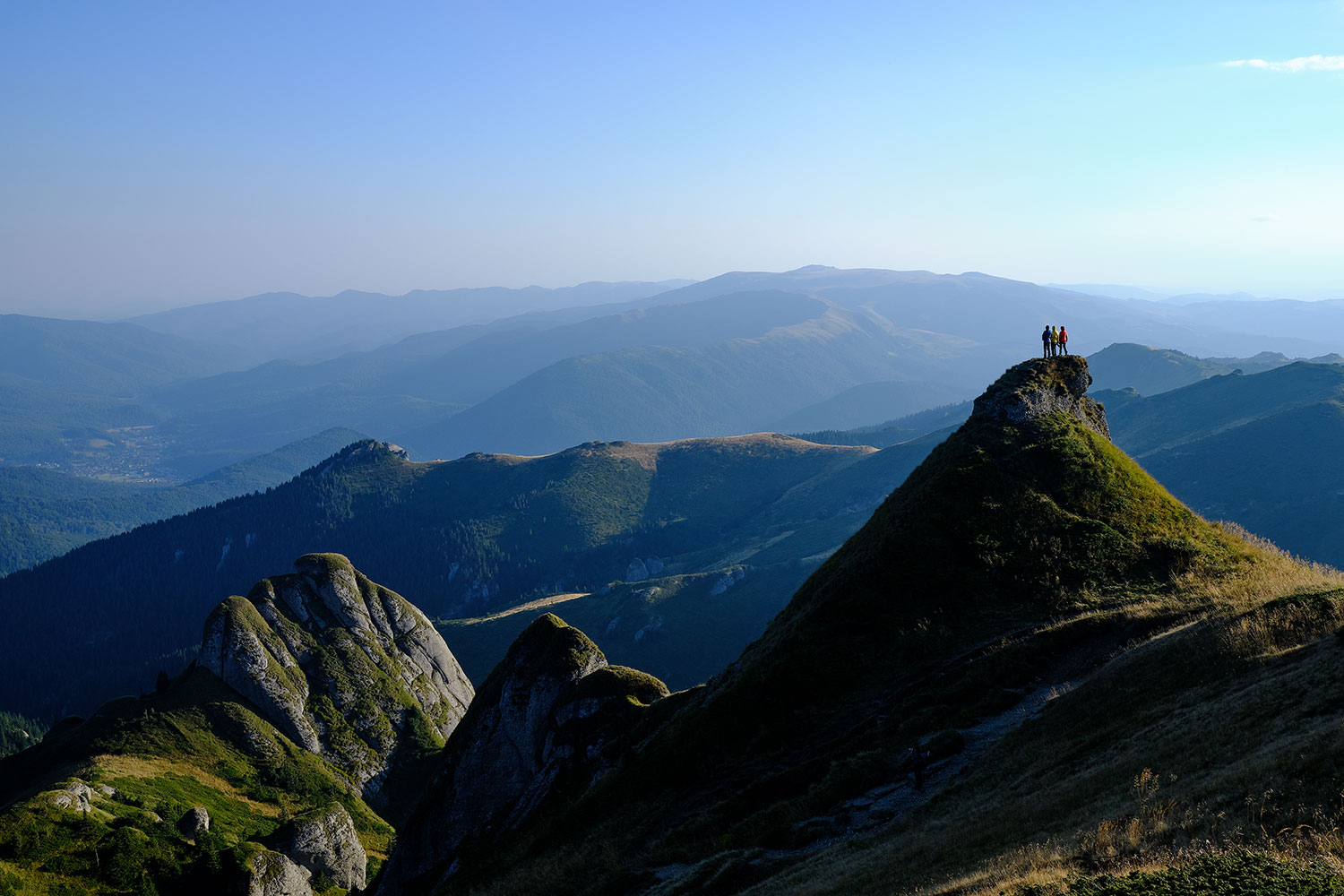
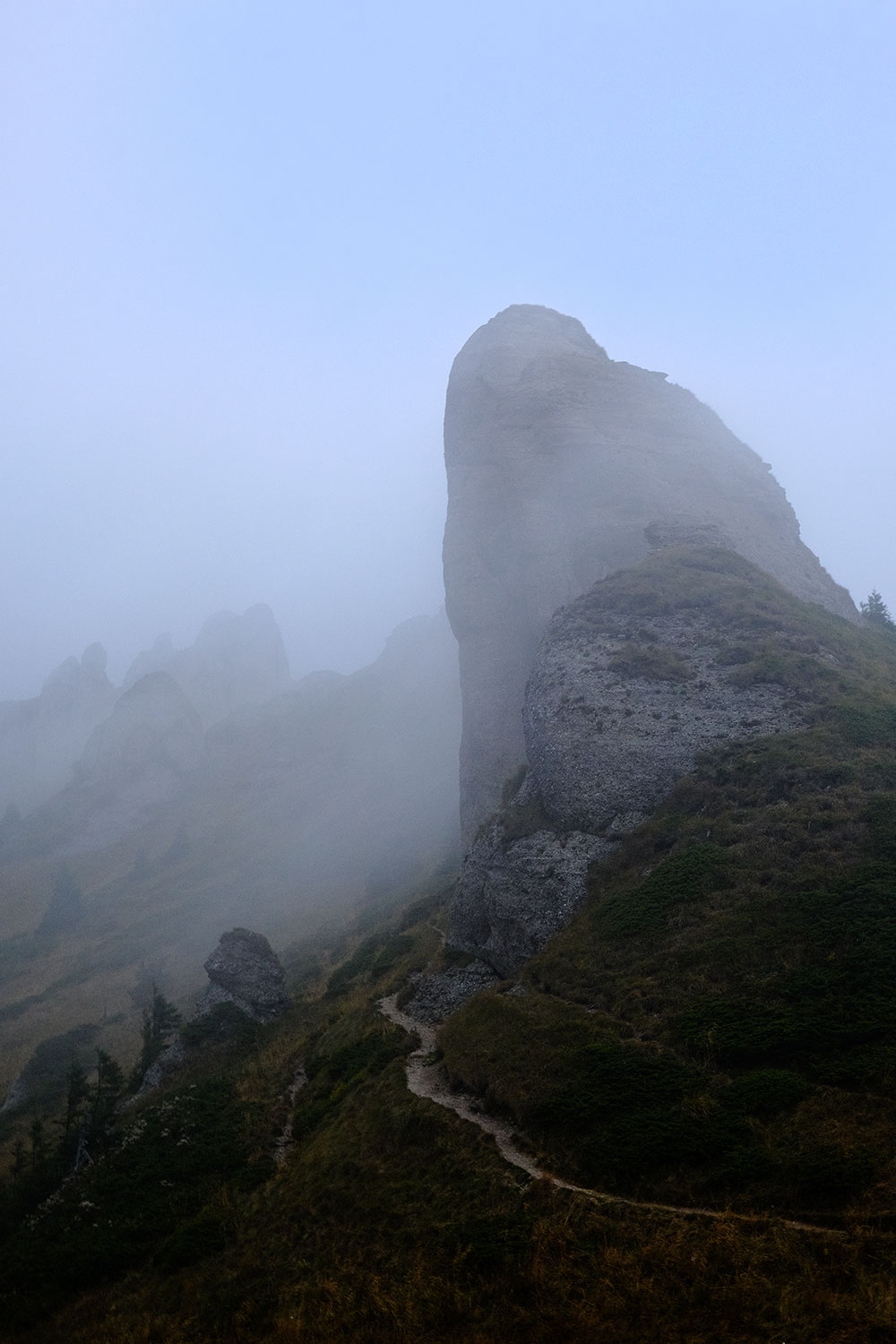
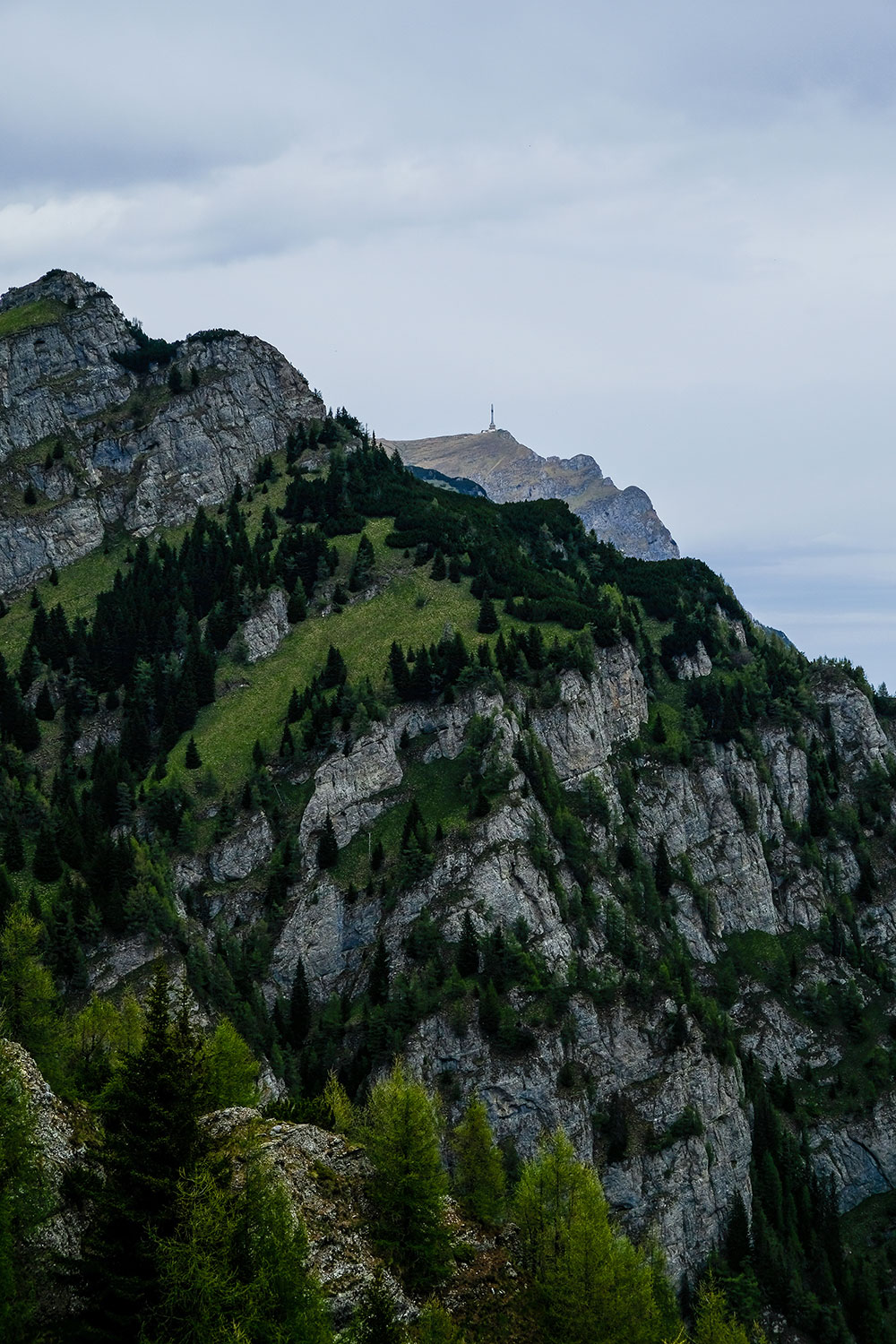
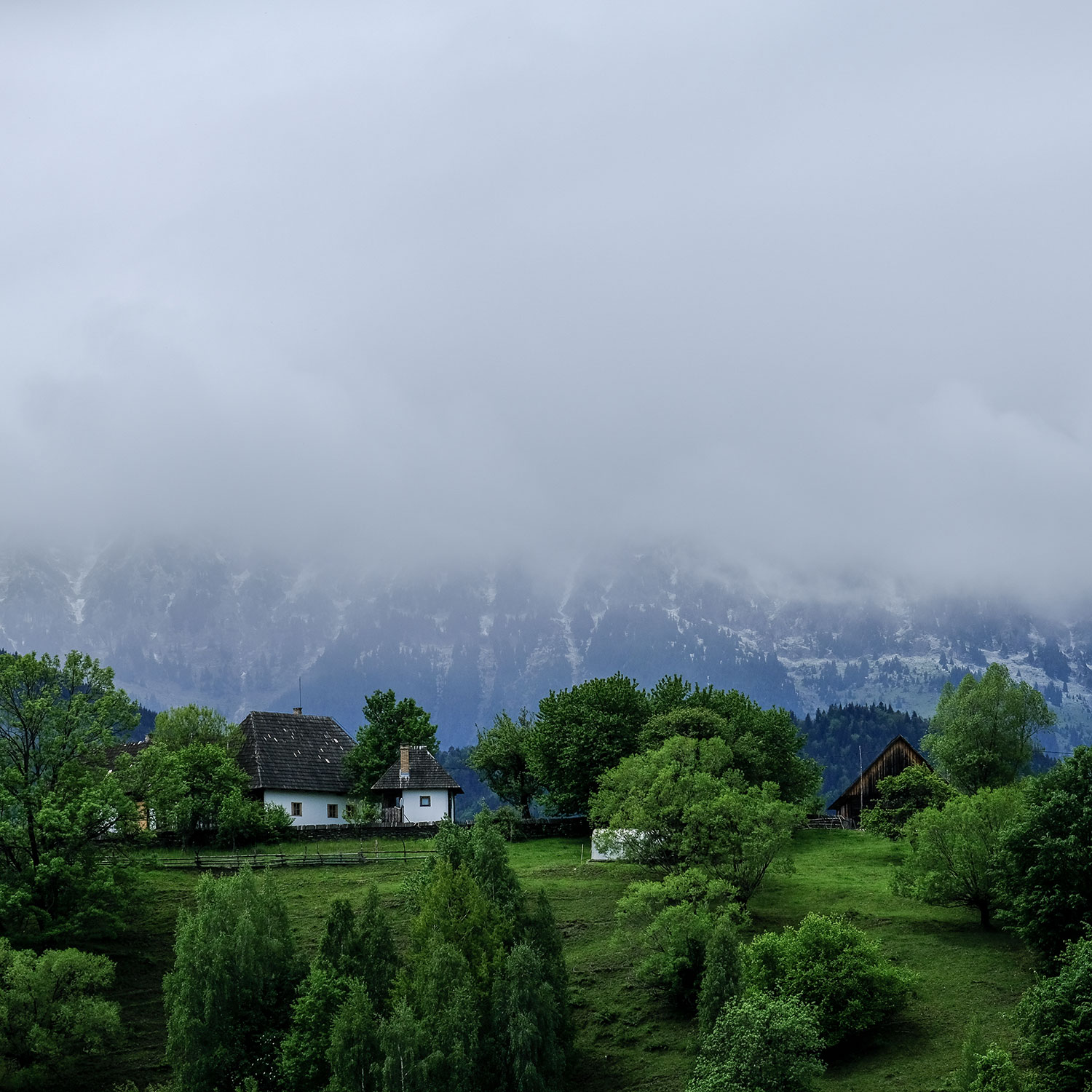
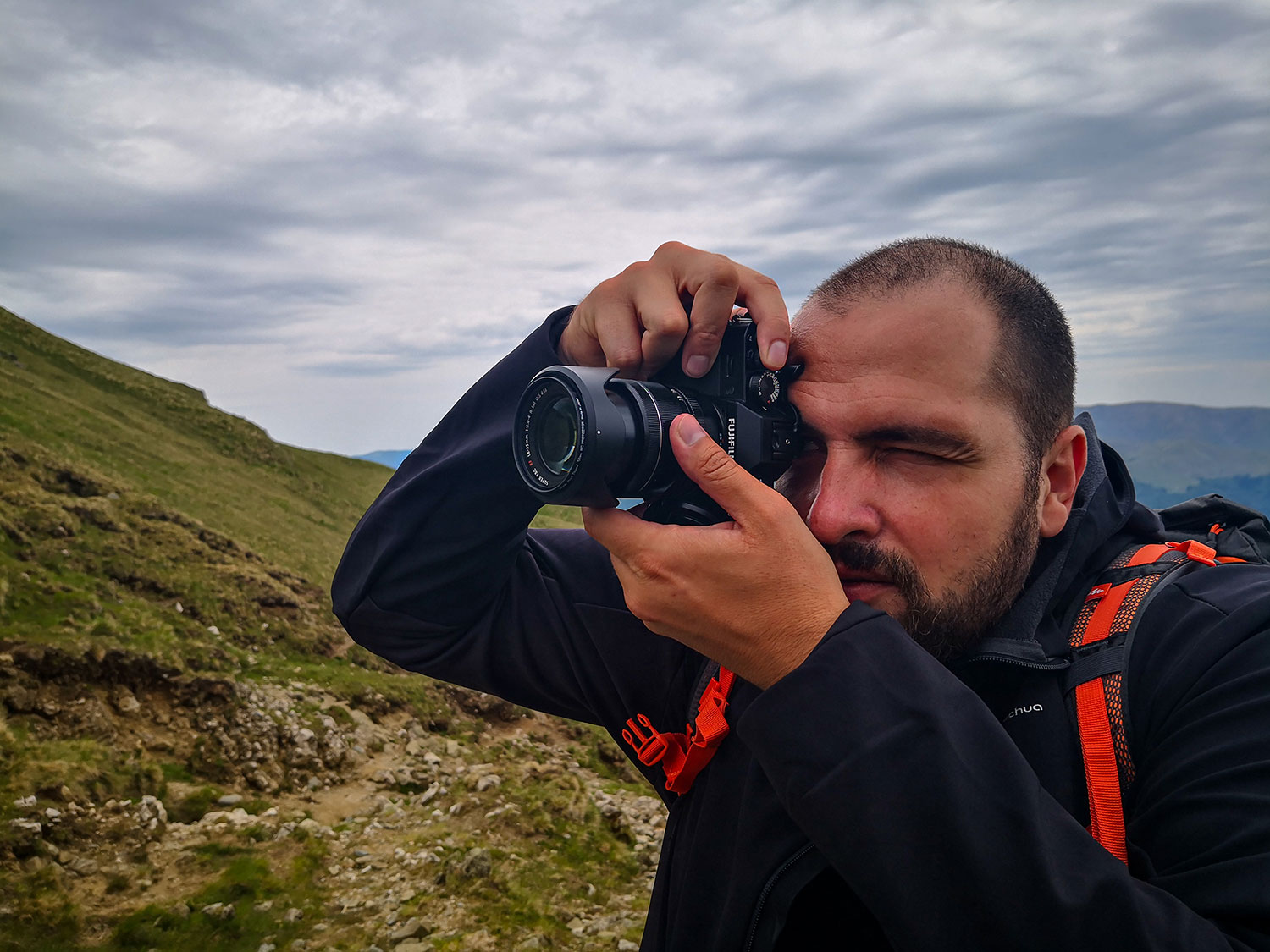
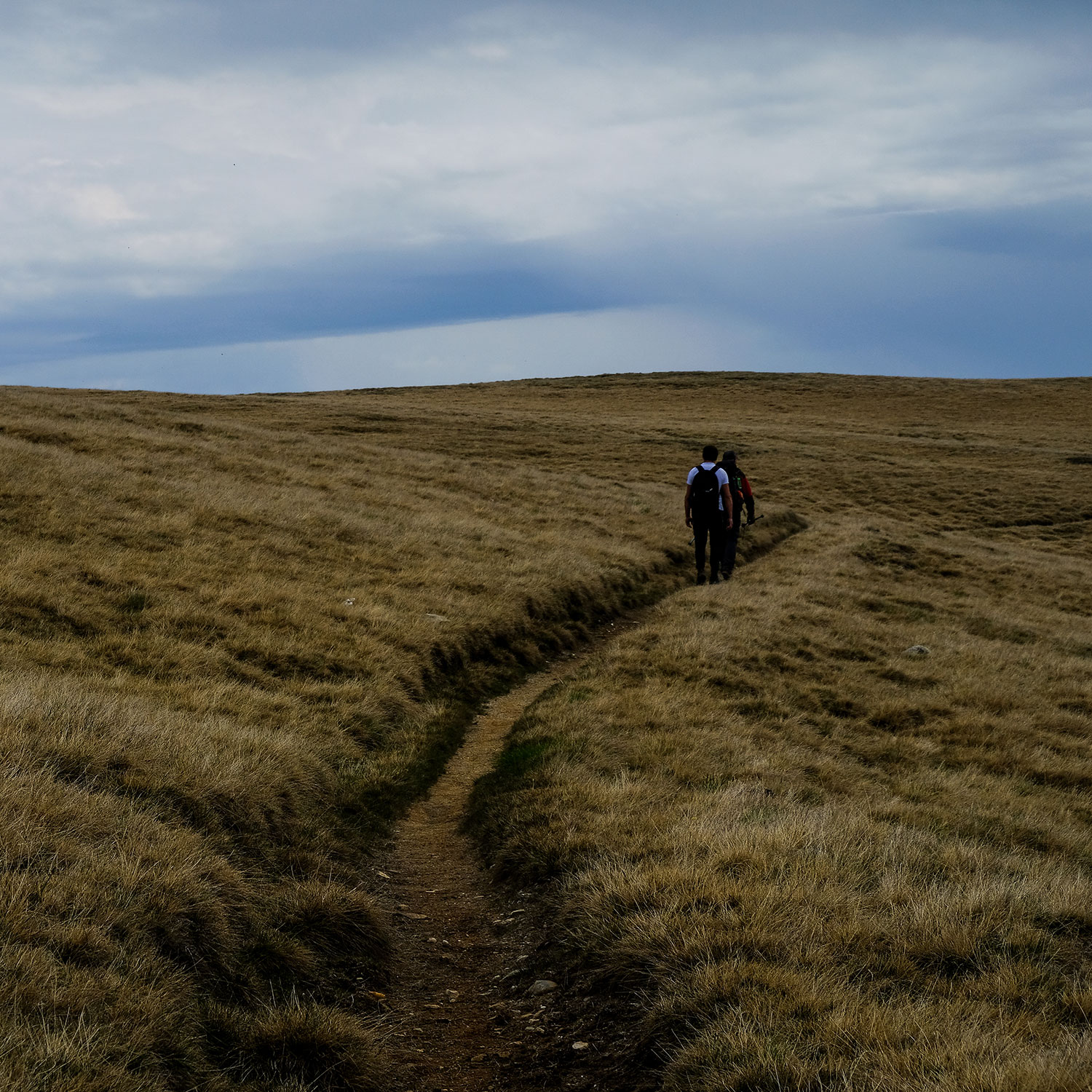
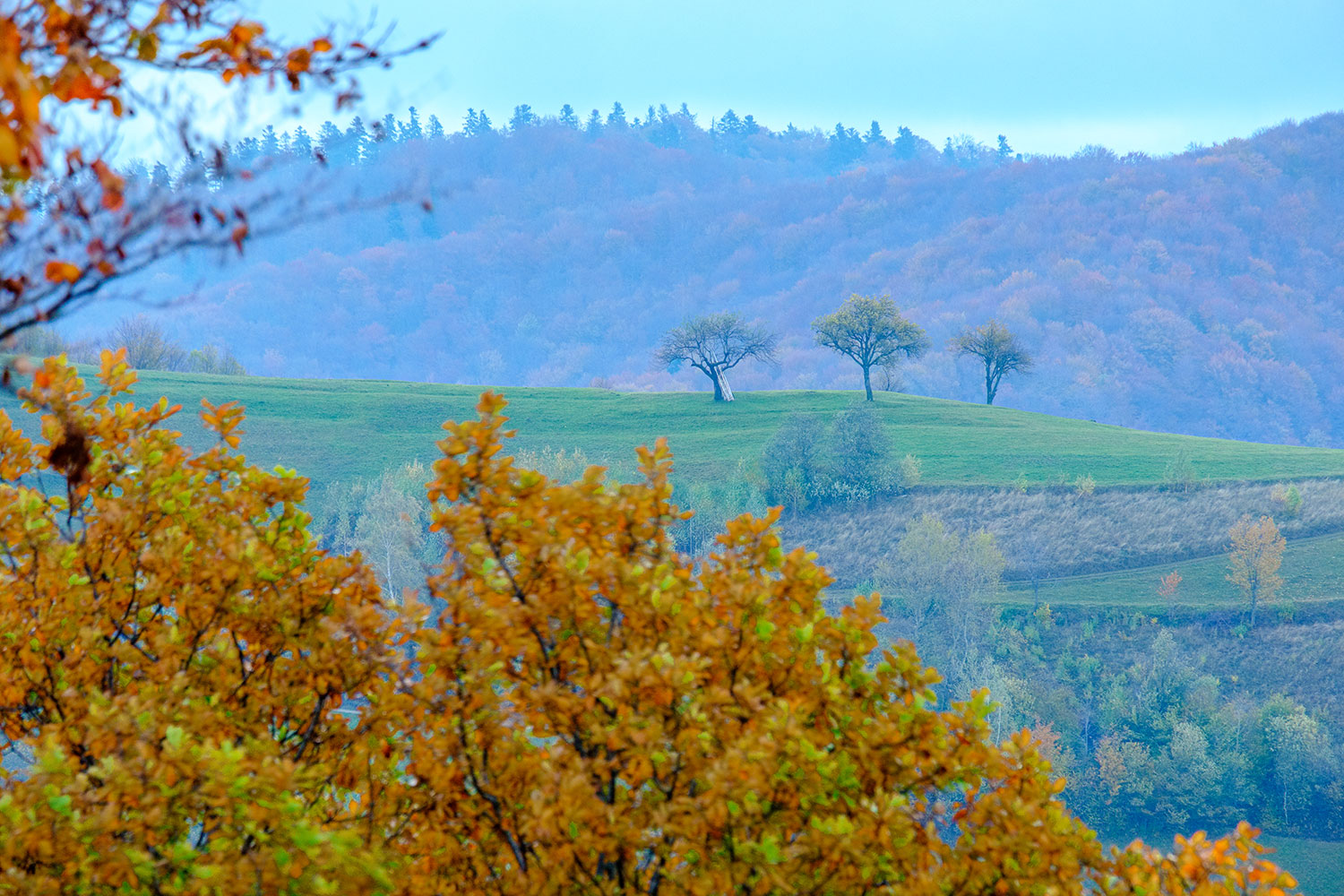
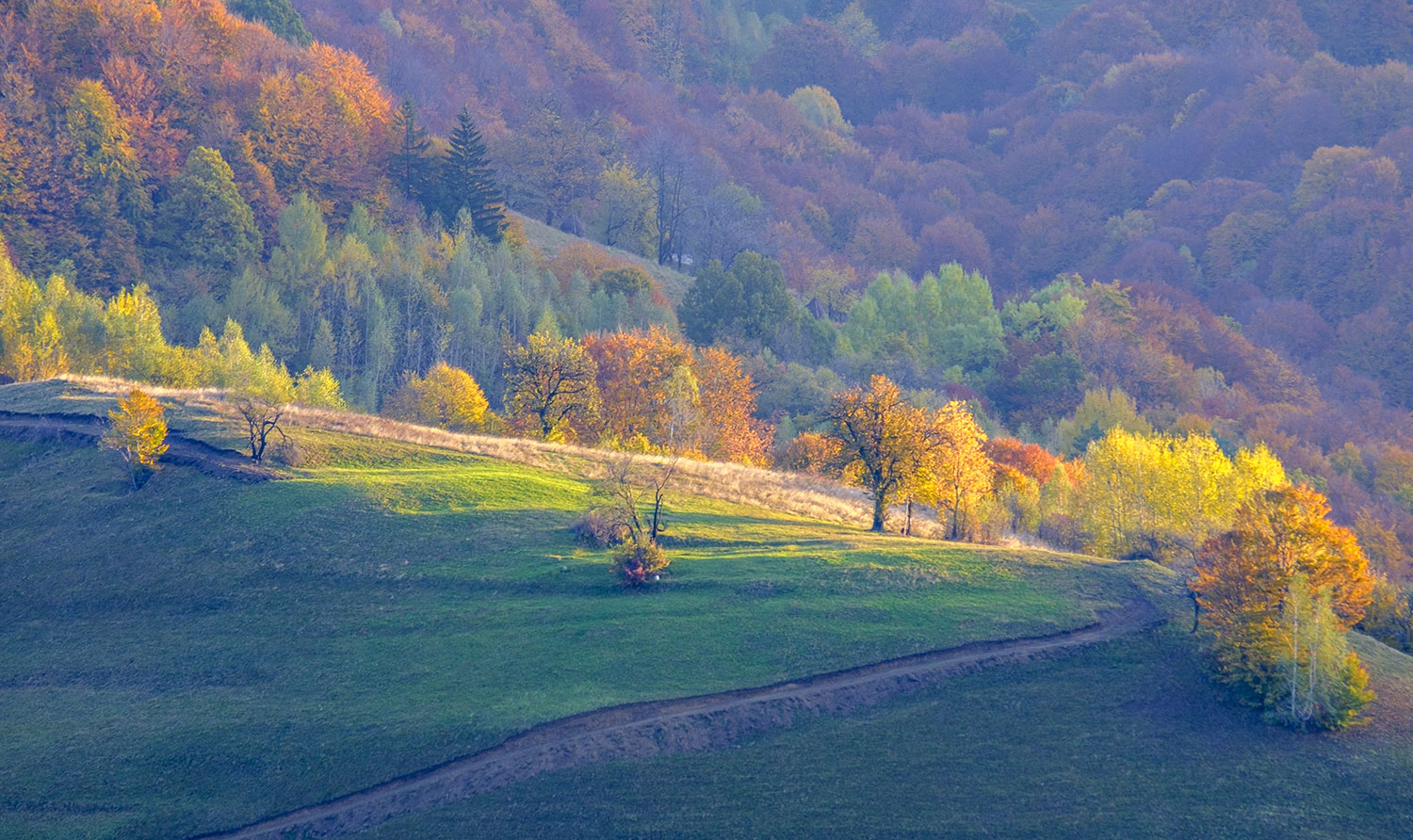




Jerred Z
December 26, 2020 @ 8:35 pm
A fantastic read, Stefan. Thank you for writing and sharing this. Beautiful photography throughout the article as well!
Stefan Panaitescu
January 9, 2021 @ 2:57 pm
Hi Jerred and first of all sorry for missing your message!
I am really happy that you liked the article and the pictures!
I wish you an amazing 2021!
Brian
January 3, 2021 @ 2:54 pm
Beautiful photos. I really enjoyed your philosophy of shooting more locally to improve your image making.
Stefan Panaitescu
January 9, 2021 @ 2:59 pm
Hi Brian and also apologies for missing your message!
Many thanks for your words.
I think shooting closer to home, shooting more often can really help me up my game.
Have a fantastic 2021!